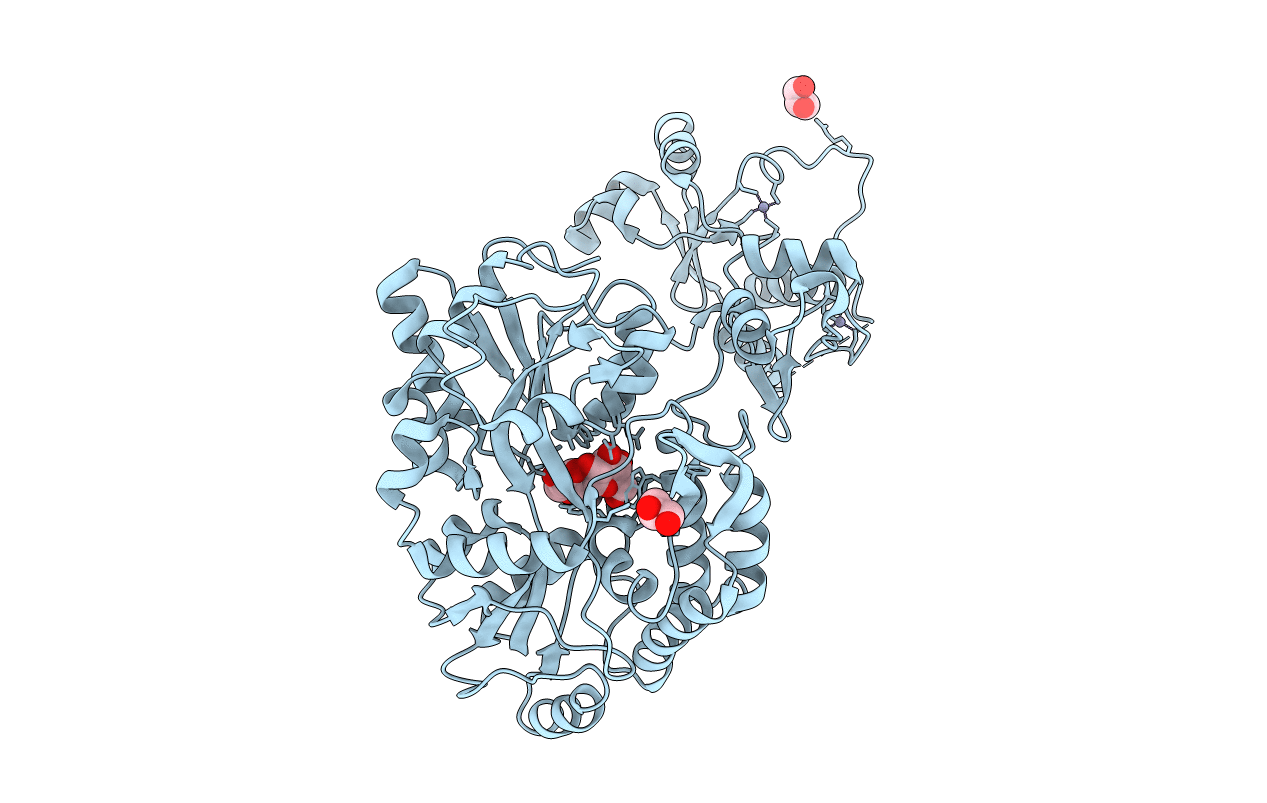
Deposition Date
2019-08-20
Release Date
2020-09-09
Last Version Date
2024-01-24
Entry Detail
PDB ID:
6SLM
Keywords:
Title:
Crystal structure of full-length HPV31 E6 oncoprotein in complex with LXXLL peptide of ubiquitin ligase E6AP
Biological Source:
Source Organism:
Escherichia coli (strain K12) (Taxon ID: 83333)
Human papillomavirus type 31 (Taxon ID: 10585)
Homo sapiens (Taxon ID: 9606)
Human papillomavirus type 31 (Taxon ID: 10585)
Homo sapiens (Taxon ID: 9606)
Host Organism:
Method Details:
Experimental Method:
Resolution:
2.80 Å
R-Value Free:
0.26
R-Value Work:
0.23
R-Value Observed:
0.23
Space Group:
P 61 2 2


